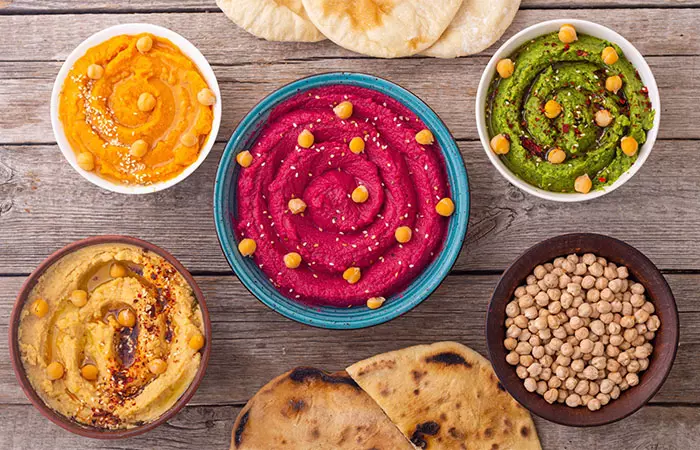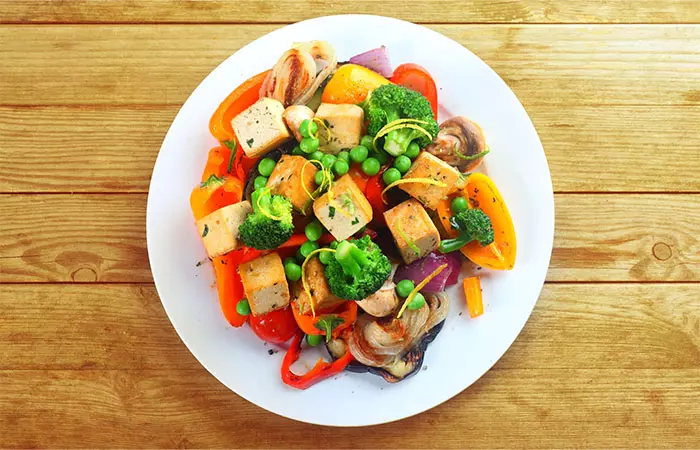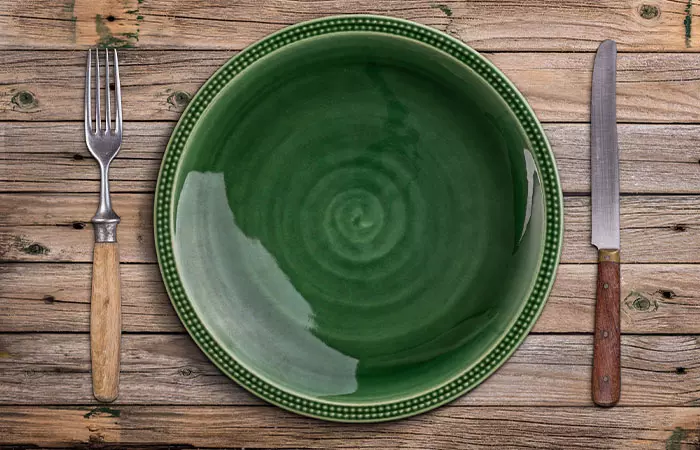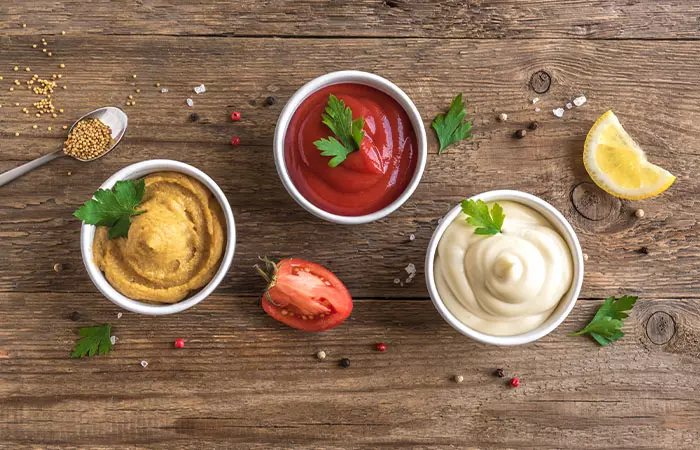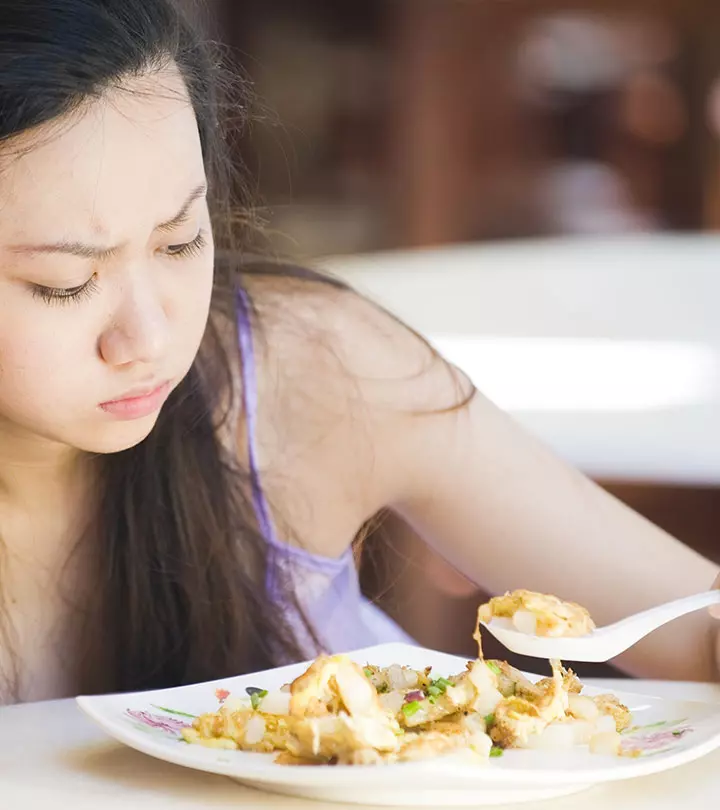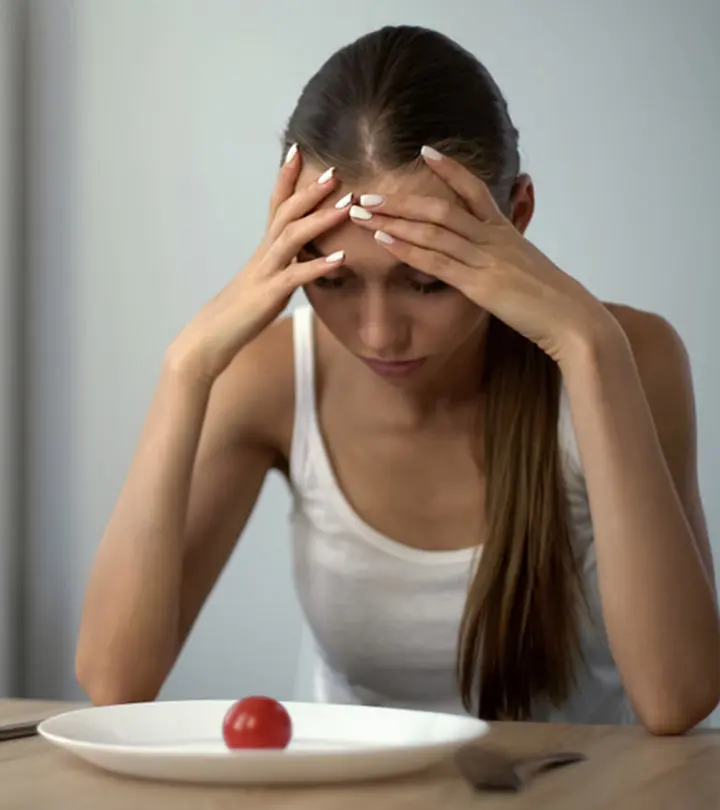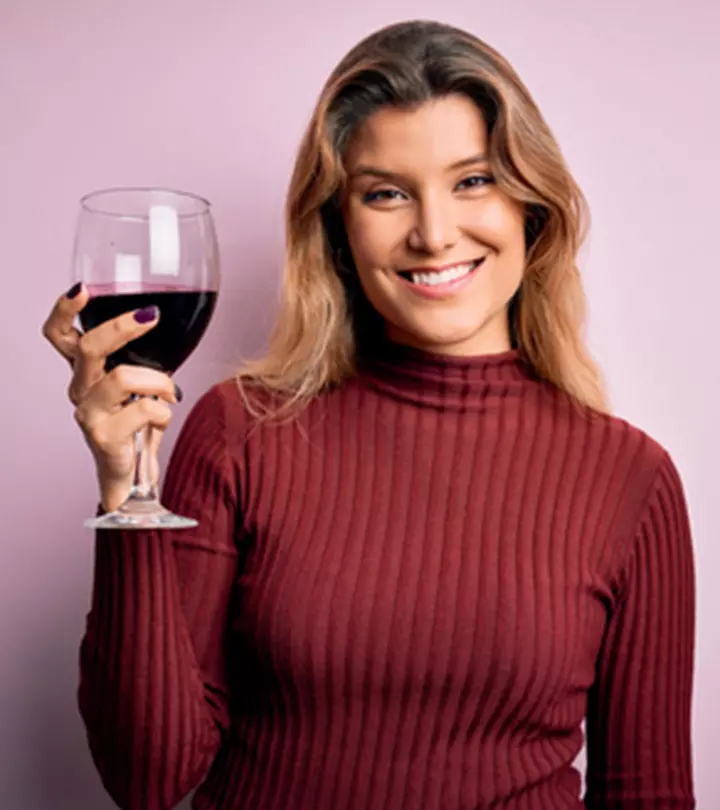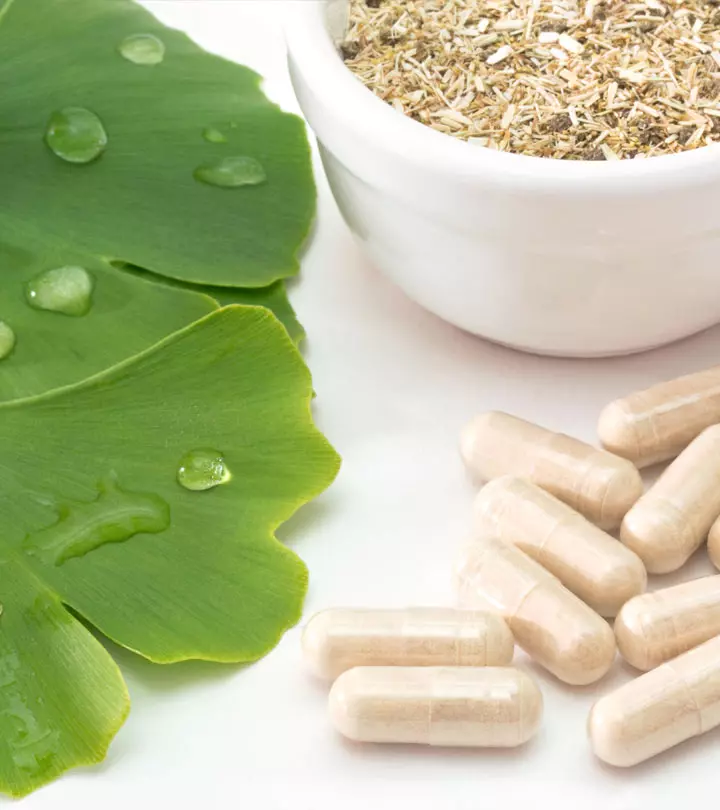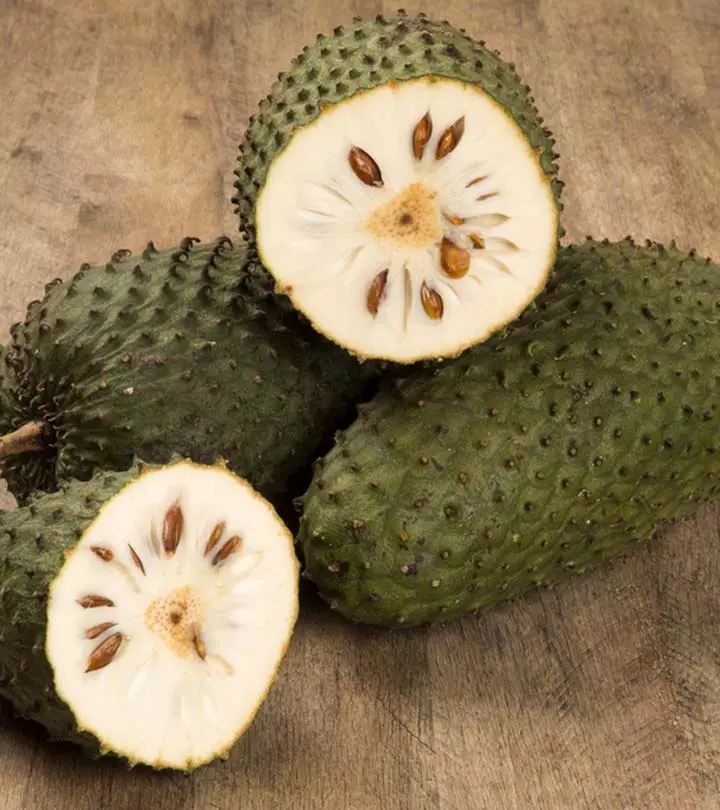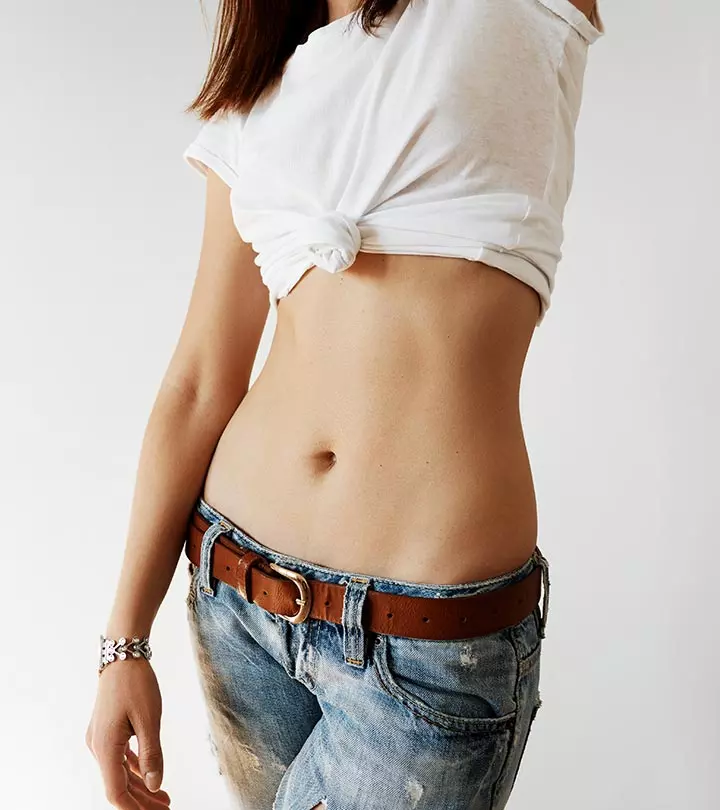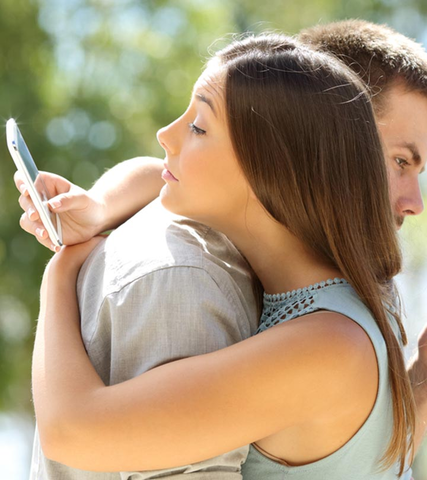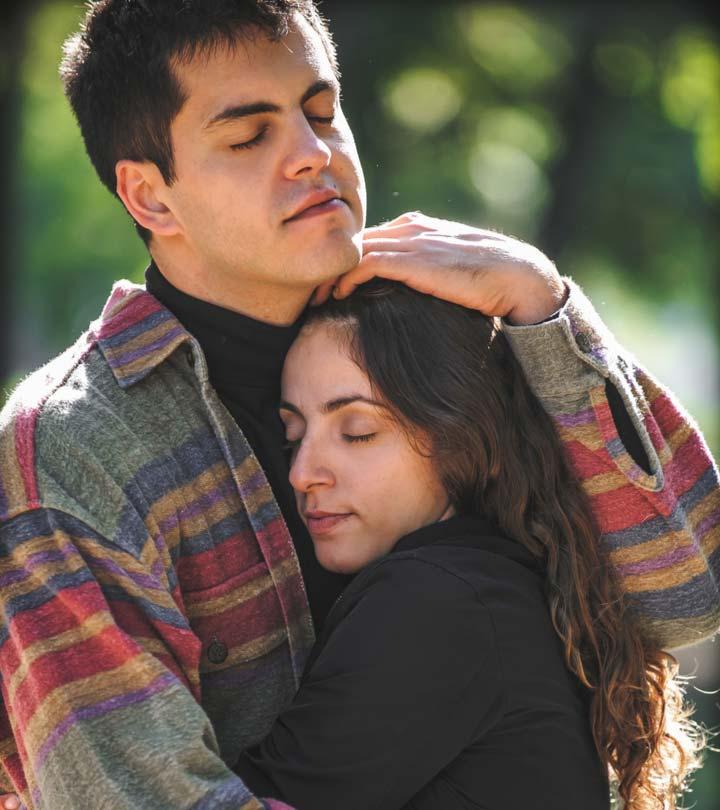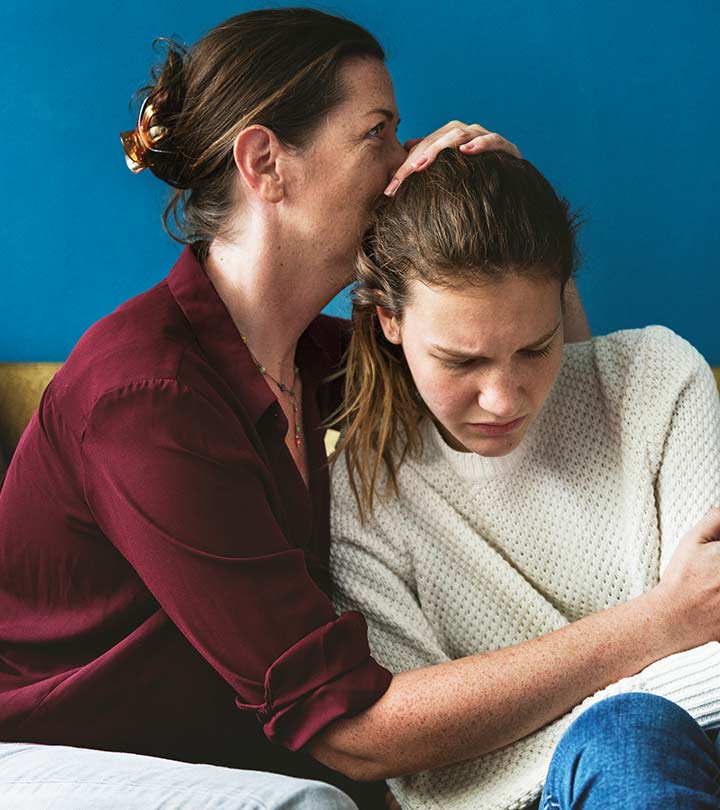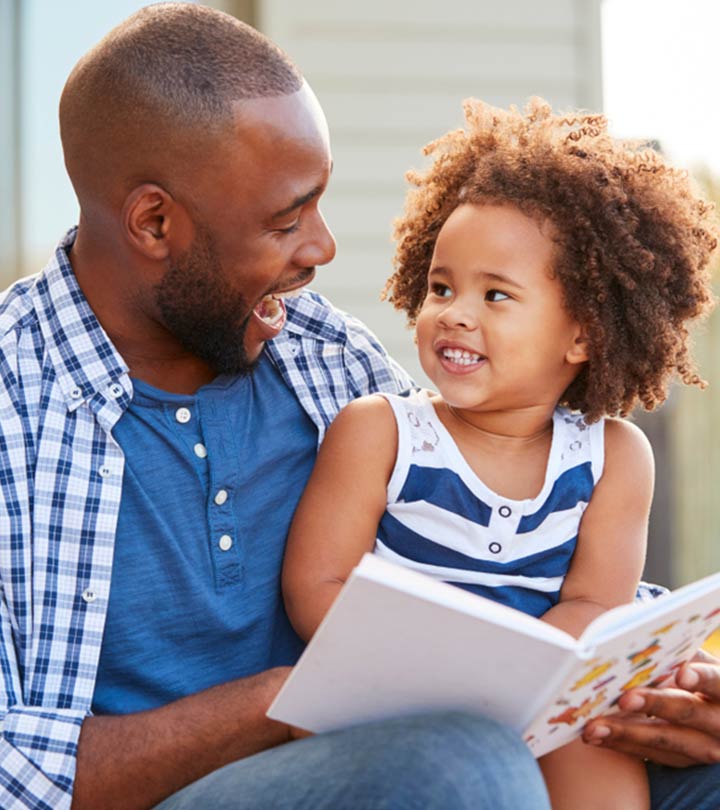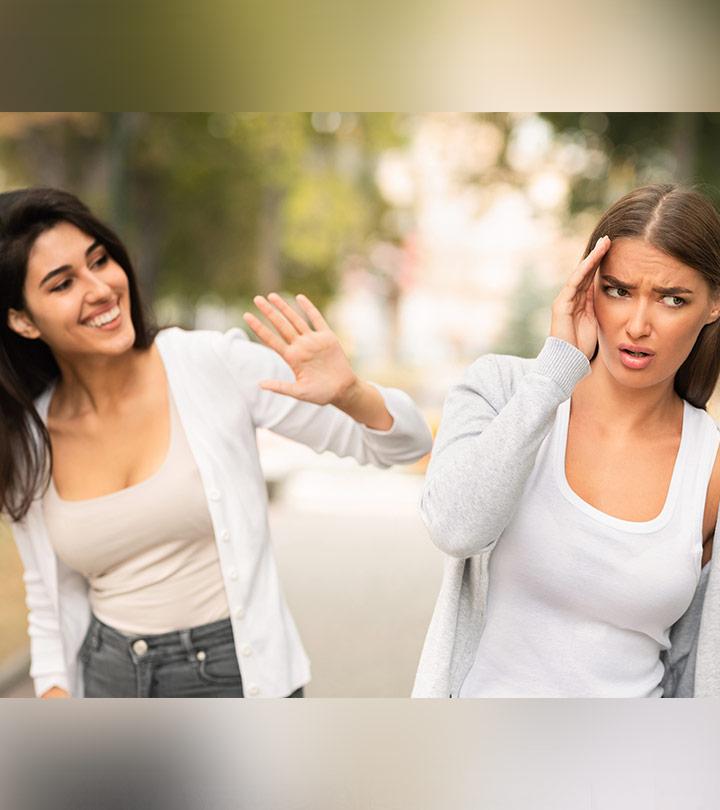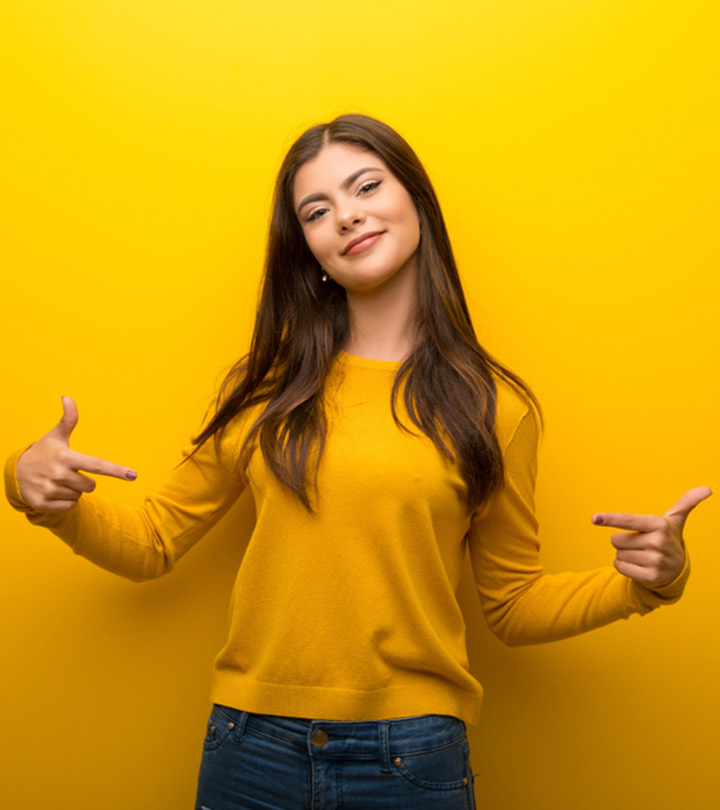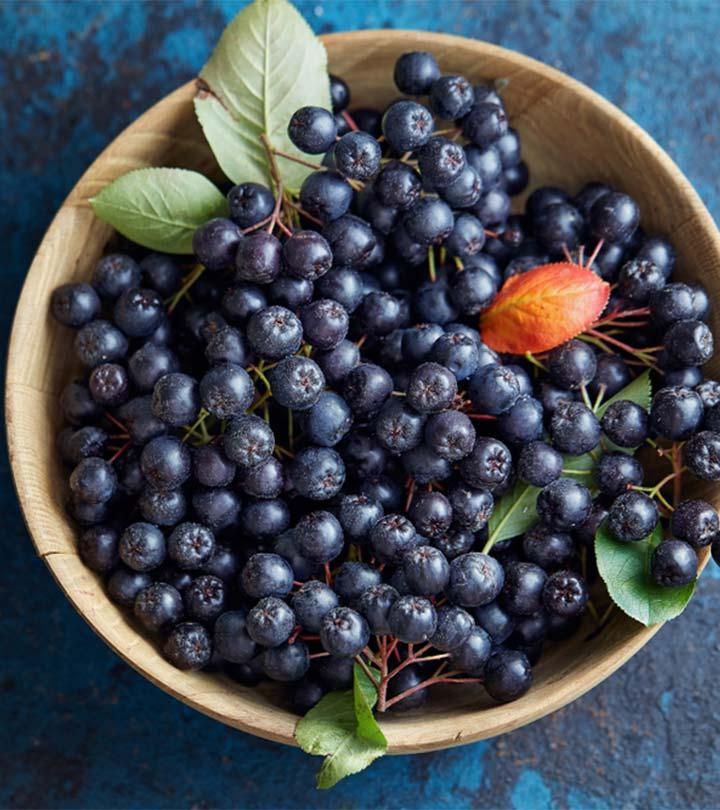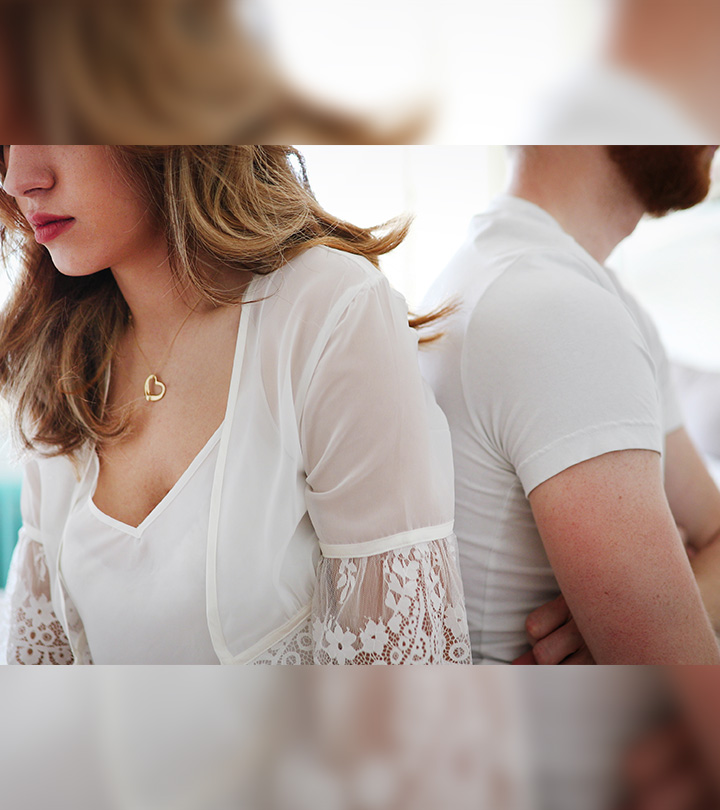Does The Color Of Dishes Affect Your Appetite?

Image: Shutterstock
It is rightly said that dining goes beyond just taste and presentation. Have you ever wondered why certain dishes seem more enticing while others leave you feeling indifferent? The answer might lie in the subtle yet powerful influence of colors. In this article, we will uncover the captivating ways in which the color of dishes can significantly impact our perception, cravings, and appetite. From the psychology of color to cultural nuances and scientific revelations, join us as we unveil the hidden art of plating and the intricate relationship between color and the enjoyment of food. Read on!
In This Article
Colors That Reduce Your Appetite
Colors play a fascinating role in influencing human behaviors and emotions, extending to our eating habits. Certain colors are believed to possess the unique ability to reduce appetite, steering our dietary choices in subtle yet significant ways. Cool and calming shades like blue and green are often associated with decreased appetite (1). Blue, reminiscent of serene skies and tranquil waters, is thought to suppress hunger due to its rarity in natural food sources. Green, abundant in nature’s lush foliage, invokes a sense of freshness and health, subtly curbing the desire to indulge excessively. These appetite-reducing colors find applications in various settings, from interior design of dining spaces to mindful meal packaging, harnessing the power of color psychology to promote moderation and healthier eating habits.
Colors That Increase Your Appetite
Certain colors are believed to stimulate and intensify feelings of hunger, potentially impacting our food choices and consumption. Warm and vibrant colors like red and orange are often associated with increasing one’s appetite. Red, reminiscent of ripe fruits and intense flavors, can trigger a heightened sense of desire for food (2). Similarly, the energetic hue of orange is known to evoke feelings of warmth and comfort, enhancing the appeal of culinary delights (3). Restaurants and food industries often leverage these appetite-stimulating colors in their branding, decor, and packaging to encourage indulgence and encourage appetite-driven decision-making among consumers.
Green Color
The color green is a fascinating and contradictory hue that evokes a range of emotions and associations. On one hand, green symbolizes tranquility, growth, and nature’s vitality. It is often linked to feelings of freshness, balance, and harmony. On the other hand, green is also paradoxically associated with envy and inexperience, depicting negative connotations. Additionally, certain shades of green, particularly those that resemble unripe or spoiled food, might suppress appetite due to their subconscious associations. This paradoxical nature of green highlights the intricate ways in which colors can impact our perceptions and emotions, illustrating that context and individual interpretation play a crucial role in shaping our responses to color stimuli.
Ketchup And Mustard Theory
In the world of marketing, a strategy known as the “ketchup and mustard” theory comes into play, where the colors red and yellow are strategically blended in restaurant and store logos and signage. This approach capitalizes on the impact of color psychology: red has the power to stir feelings of hunger, while yellow intensifies this effect, fostering heightened excitement. If you’re aiming to amplify your appetite, incorporating these colors into your surroundings or even your dishes themselves can be a deliberate and effective choice.
The Importance Of Contrast
Contrast holds a pivotal role across various aspects of our perception and understanding. It involves the juxtaposition of different elements, highlighting their differences and enhancing their individual characteristics. In design, contrast plays a crucial role in creating visual interest and clarity. High contrast between colors, for instance, helps delineate shapes and improve readability. In communication, contrasting ideas or opinions provide depth and provoke critical thinking. In nature, the contrast between seasons showcases the beauty of change and renewal. Contrast serves as a powerful tool in problem-solving, where comparing diverse solutions can lead to innovative breakthroughs. Moreover, in personal growth, the contrast between challenges and successes fosters resilience and self-development. Recognizing and leveraging contrast in its various forms enriches our experiences, allowing us to appreciate nuances, make informed choices, and ultimately find deeper meaning in our interactions with the world.
It’s essential to consider that individual responses can vary due to personal experiences and cultural contexts. The psychology behind color and appetite is complex, making it a fascinating field for exploration. Therefore, understanding the subtle but significant role of color in shaping our culinary experiences empowers us to make mindful choices and enriches our appreciation of the diverse factors that contribute to our enjoyment of food. So, what is your favorite color plate for your meals? Let us know in the comments section!


